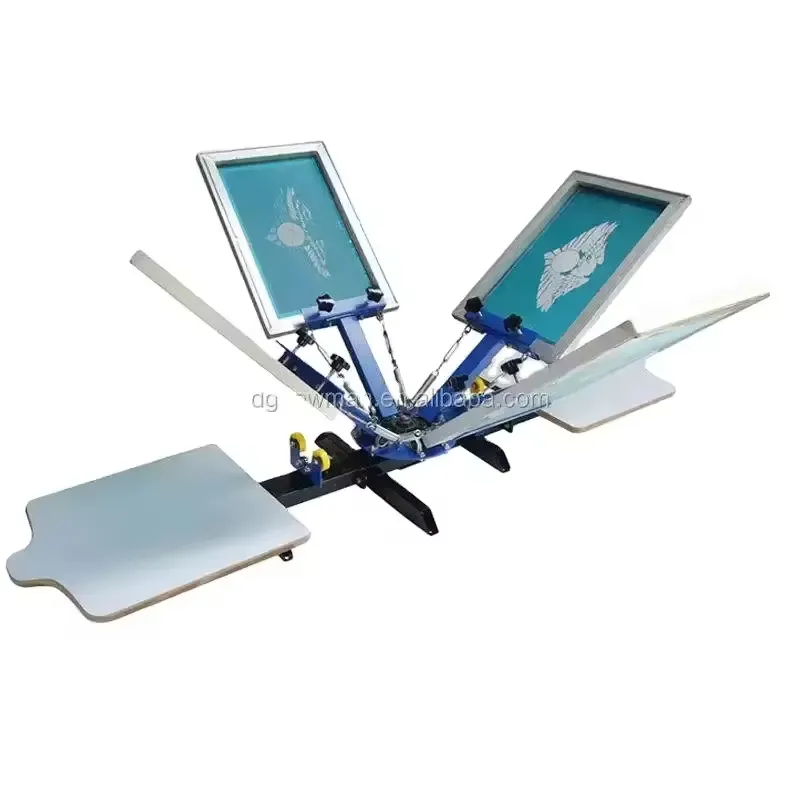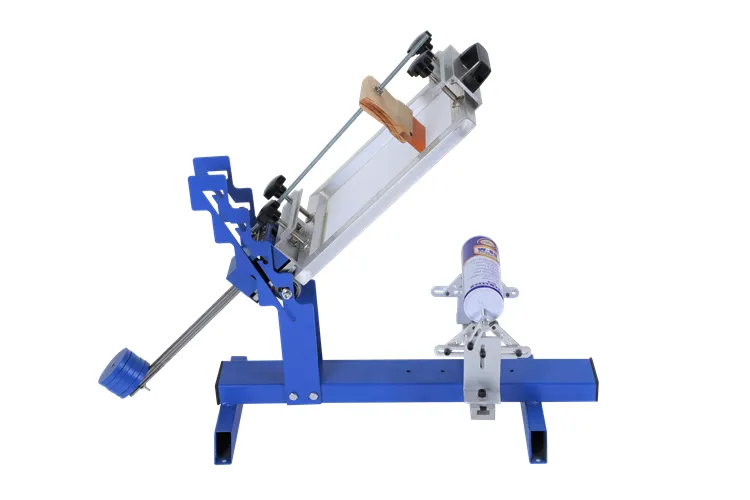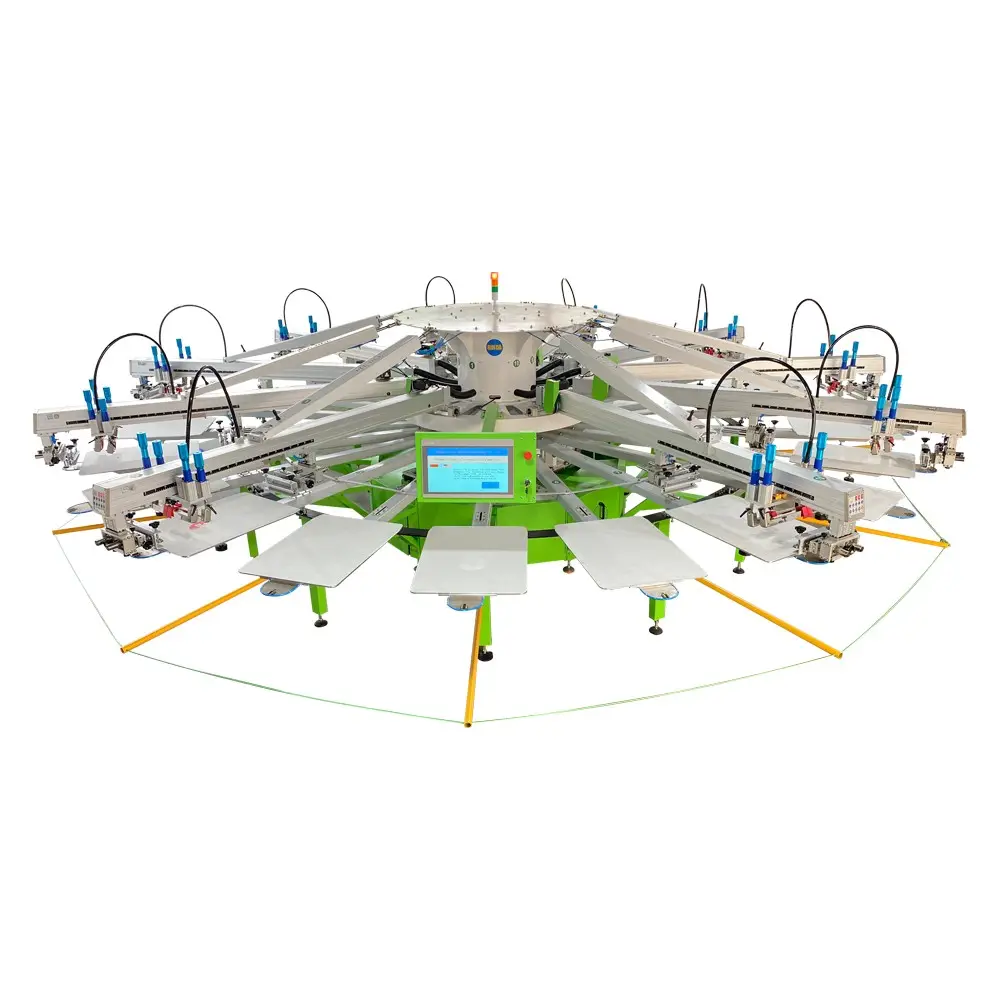หน่วยการฉายแสงสำหรับซิลค์สกรีน
เครื่องสัมผัสซิลค์สกรีนเป็นอุปกรณ์พื้นฐานในอุตสาหกรรมการพิมพ์ซิลค์สกรีน ออกแบบมาเพื่อสร้าง_STENCIL_ที่แม่นยำบนหน้าจอตาข่ายผ่านการสัมผัสแสง UV ที่ควบคุมได้ เครื่องมือที่ซับซ้อนนี้ใช้หลอดไฟ UV ความเข้มสูงในการถ่ายทอดรูปแบบงานศิลปะลงบนหน้าจอที่เคลือบด้วยสารไวแสง อุปกรณ์นี้โดยทั่วไปประกอบด้วยห้องกันแสง แหล่งกำเนิดแสง UV ระบบสุญญากาศ และคอนโทรลเวลา ระบบสุญญากาศช่วยให้มั่นใจได้ว่ามีการติดต่ออย่างสมบูรณ์ระหว่างฟิล์มงานศิลปะและหน้าจอที่เคลือบสาร ป้องกันการแพร่กระจายของแสงและรับประกันการจำลองภาพที่คมชัด เครื่องสัมผัสซิลค์สกรีนสมัยใหม่มีตัวจับเวลาดิจิทัลสำหรับการตั้งค่าการสัมผัสที่แม่นยำ ในขณะที่รุ่นที่ก้าวหน้ากว่ารวมเทคโนโลยี LED เพื่อการกระจายแสงที่สม่ำเสมอและการประหยัดพลังงาน การออกแบบของเครื่องนี้รองรับขนาดหน้าจอต่างๆ และสามารถปรับให้เหมาะกับจำนวนตาข่ายที่แตกต่างกัน ทำให้สามารถใช้งานได้อย่างหลากหลายไม่ว่าจะเป็นโรงงานพิมพ์เชิงพาณิชย์ การผลิตเส้นใย หรือสตูดิโอศิลปะ เครื่องเหล่านี้ช่วยให้สามารถผลิตหน้าจอคุณภาพสูงสำหรับการพิมพ์บนวัสดุตั้งแต่กระดาษและผ้าไปจนถึงโลหะและพลาสติก พลังความแม่นยำและความน่าเชื่อถือของเครื่องสัมผัสซิลค์สกรีนทำให้พวกมันกลายเป็นเครื่องมือสำคัญสำหรับการพิมพ์คุณภาพระดับมืออาชีพอย่างต่อเนื่อง


